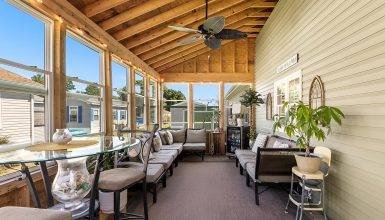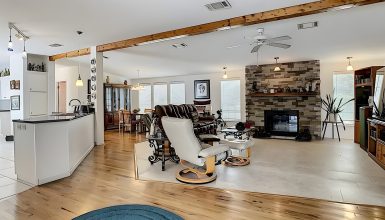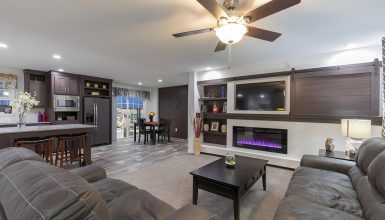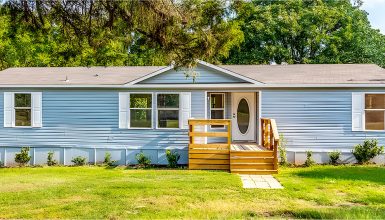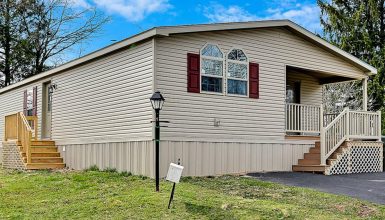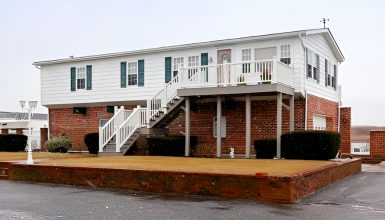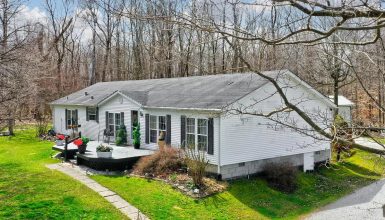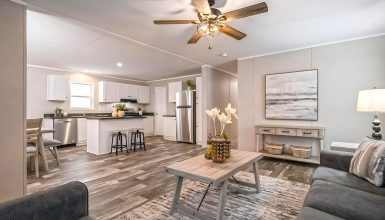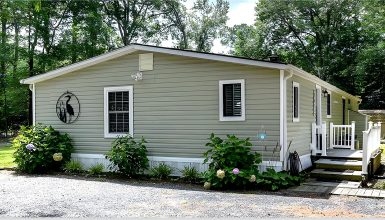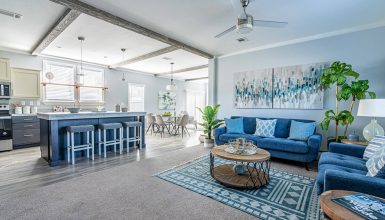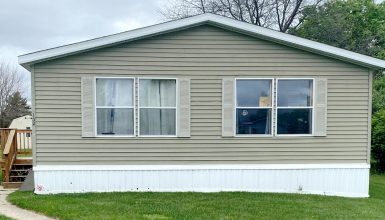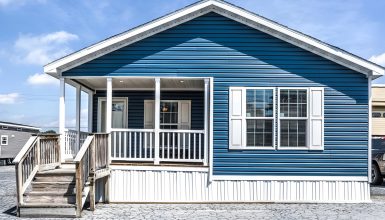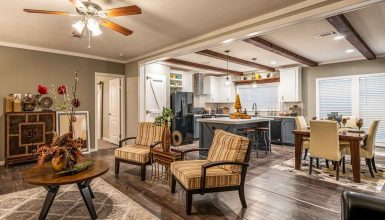A double-wide is a mobile home composed of two sections joined together to create a larger living space. They’ve come a long way since their introduction in the 1960s, with designs that can rival traditional homes, offering the freedom to pick up and move if your heart desires. But what size does a typical double-wide mobile home come in? Is there even a “typical” size? Let’s dive in!
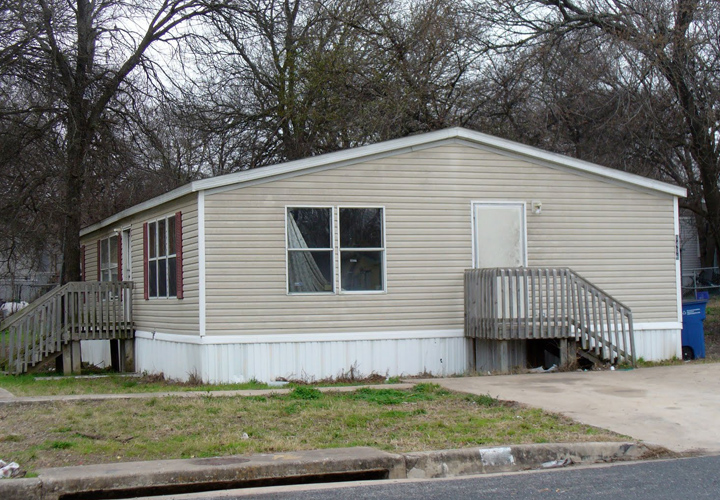
Dimensions of Double Wide Mobile Homes
Let’s break it down. The dimensions of double-wide mobile homes can vary quite a bit, but there are some typical numbers to keep in mind. Most double wides come in widths of 20, 24, or 28 feet and can stretch in length from a cozy 40 feet to a spacious 90 feet. Now, put on your math hat for a second. Multiply that width by the length, and you get the total square footage. So, a double wide that’s 24 feet wide and 60 feet long? That gives you a roomy 1,440 square feet. Not too shabby!
But you might be wondering, “Why do these dimensions vary?” Several factors come into play here. First, the manufacturer’s design choices can influence the size. Some focus on compact, efficient layouts, while others might specialize in luxurious, larger models.
Then there’s the question of transport. Logistically, there are limitations on how wide and long a mobile home can be while still being road-legal for transport. Finally, your personal needs and budget will help determine the best size for your mobile home. Are you looking for a snug, budget-friendly space or dreaming of a sprawling, open-plan living area? There’s a double wide for you!
Influence of Size on Interior Design and Layout
Let’s talk about how size plays a role in the design and layout of double-wide mobile homes. It’s like being an interior designer with an ever-changing canvas.
- Layout options
Double wides come with various layout options, and size can really steer that ship. For instance, smaller double wides may have an open floor plan to make the space feel larger and more connected. But larger double-wides? They often have enough room to accommodate separate areas like a formal dining room or a home office.
- Flexible design
But don’t get boxed in by the dimensions just yet! Double wides are known for their design flexibility. With a larger model, you can have separate spaces for different activities. On the other hand, a smaller double wide can be designed to feel cozy and efficient. With the right design touches, your double wide can transform anything from a minimalist retreat to a family-friendly abode.
- Number of rooms
And let’s not forget about the number of rooms and bathrooms. You may find two bedrooms and one or two bathrooms in a smaller double-wide. But in larger models? You could look at three to four bedrooms and two or more bathrooms. More square footage also means room for extra features like a laundry room, a walk-in closet, or even a luxurious primary suite.
So, size and layout go hand in hand in a double wide. Whether you want a compact, efficient space or a sprawling, open floor plan, there’s a double wide to match. The key is to start with the size that fits your needs and let your creativity do the rest. Your dream home is closer than you think!
Comparison of Double Wide Mobile Homes Sizes
Now, let’s put our double-wide mobile homes into perspective. How do they stack up against other housing options? Let’s have a look!
- Single-wide
First off, their smaller sibling – the single-wide mobile homes. As the name suggests, single wides are half the width of double wides. Typically, they’re about 14 to 18 feet wide and 40 to 70 feet long. So, while they might lack the extra space, they make up for it with their cozy charm and lower price tag!
- Stick-built homes
Next in line, we have the traditional stick-built homes. You might think they’re in a different league, but you’d be surprised. Many double wides can offer the same square footage as a small to medium-sized traditional home. And with modern designs and finishes, they can feel just as comfortable and inviting. The big difference? Double wides are typically more affordable and offer the unique ability to move if you wish.
- Tiny homes and RVs
Finally, look at other non-traditional homes like tiny homes and RVs. These are usually much smaller than double wides. A typical tiny house is about 100 to 400 square feet, and an RV is often smaller. While they offer the ultimate in minimalism and mobility, they might not be for everyone. A double-wide can be a great middle-ground if you need more space but still want flexibility.
So, whether you’re sizing up against a single-wide, a traditional home, or a tiny house, double-wides hold their own. They offer a unique blend of space, flexibility, and affordability that can be hard to beat. Who said you can’t have your cake and eat it too?
Conclusion
When it comes to double wides, there is quite a range. That’s the beauty of these homes – there’s a size for every lifestyle and every budget. One thing’s for sure, though. Whatever the size, double wides offer a great balance between space, cost, and flexibility. And who doesn’t love that?

